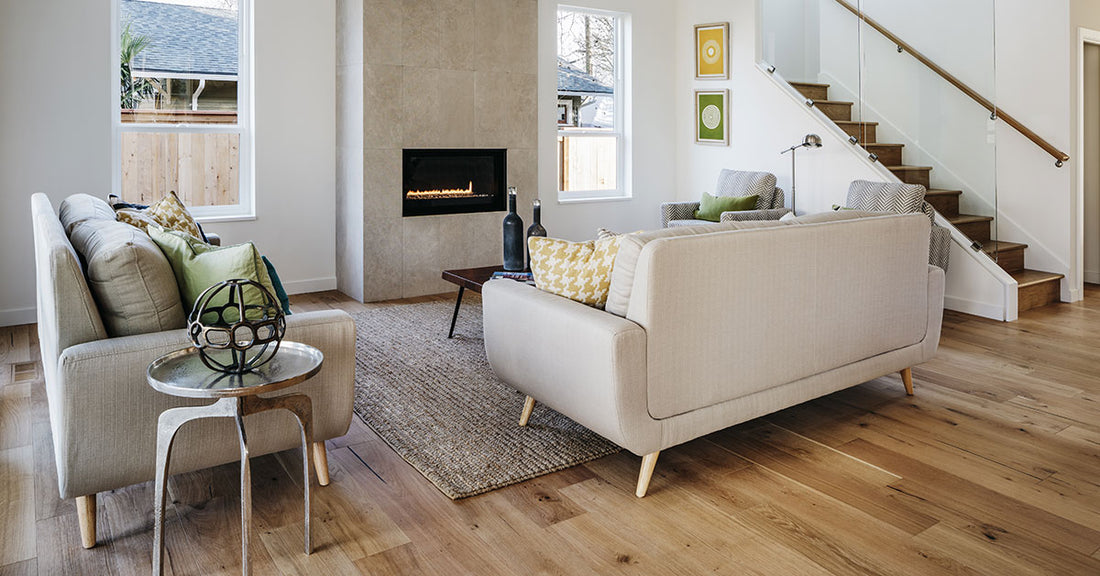
Tips for Making Sure Your Furniture Fits Right in Your Home
Share
When you're investing in high-quality pieces, a lot of thought should go into selecting furniture you'll be happy with for the long run. On top of all the considerations about style, color, materials, and so on, making sure your furniture fits right in its intended space is a crucial pre-purchase step.
When measuring and planning the placement and layout, don't simply confirm that the piece of furniture will physically fit where you want to put it (though that's always an important first step, in case it needs saying). You also need to be sure that there's enough room around it and that it's a good distance from other pieces to allow free, comfortable movement and to look and feel right. These considerations are especially critical if you're working with a small or highly populated living space.
Below are some key things to evaluate when making sure your furniture fits right when you bring it home.
Measuring and Making Sure Your Furniture Fits
- Measure the height, width, and diagonal distance of all doorways, hallways, and stairwells that a piece of furniture must pass through to arrive at its final destination in your home.
- Make sure there's at least 4 inches of extra space in hallways and stairwells that allow you or the movers to maneuver the furniture item.
- Don't forget to account for light fixtures, railings, large pieces of furniture, and any other obstacles that limit the amount of room furniture will have on its way to its destination.
- Also measure the clearance space you have when you enter the room with the piece of furniture if there's any concern you might not be able to get it in and maneuver it.
- Ideally, there should be at least 2 feet of space on any side of a bed if you want to access it from that side and/or if you're placing a nightstand there.
- A coffee table should be placed 14 to 18 inches from surrounding sofas and chairs to balance ease of access and ease of reaching items on the table.
- The coffee table's height should be about even with the seats around it (preferable less than 4 inches taller or shorter) for comfortable access.
- A side table should be within arm's reach of the sofa or chair it accompanies; it shouldn't be taller than the arm or lower than the seat.
- There should be 3 to 10 feet between people seated in a conversation area.
- Leave at least 3 to 4 feet between furniture in separate functional spaces within the same room or open space.
- The center of a television screen should ideally be 30 inches above the lowest seat from which it is watched. As a general rule of thumb, a good distance between the TV and seating is 1.5 times the diagonal measurement of the screen.
- Leave at least 3 to 4 feet of space between dining or kitchen table chairs and the wall (3 feet allows for easy access to seats, while 4 feet also included space for people to walk behind someone who's seated).
- Area rugs should generally be at least 6 inches from the wall, but preferably at least 1 foot away in a smaller room and 2 feet away in a larger room.
- Draw a floor plan of the room to scale with the intended furniture placement and door swing paths (including the distance needed to open drawers and cabinets); this helps provide a visual sense of how well everything works.
- For an even better feel, spread newspaper or another material out on the floor in the dimensions of the furniture you're considering to actually experience how much space it takes up, how close it is to other items, etc.
